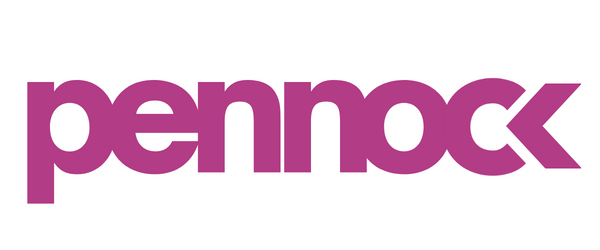Smart A/B Testing For Your Paid Media Campaigns
Are you having success advertising on a single paid media platform and looking to expand your reach? That’s great! But how do you determine where to invest your advertising dollars and on what channel? A/B Testing of course!
A/B testing is a scientific approach to measuring the impact of your marketing. It involves changing variables in two versions of a campaign to assess which has the best impact on your identified goal.
When launching campaigns on new platforms, we suggest A/B testing to help assess ROI on old and new channels. Here are some proven approaches to help you launch effective campaigns on new platforms.
Know the Platform, Know your Audience
There are many options available today for paid media advertising. Facebook, YouTube, Instagram, Twitter, Pinterest, and TikTok are among the most-used platforms. Each platform has a distinct audience and functionality. You’ll want to research each of the platforms to understand more details about their demographics and popularity.
The Pew Research Center publishes an extensive list of platform demographics and how frequently we use each.
When you select the platforms you want to test, be sure to research the best practices — this will help you develop ads that are the most effective platform by platform.
Before you begin your testing on new channels, you need a clear understanding of the audiences you’ll be targeting. Consider personal demographics as well as interests or online patterns or behaviors.
Know your Goals
Some campaigns are designed to raise brand awareness. Others are looking to boost engagement, whether through web visits or app downloads. Some campaigns are looking to generate leads, while others are intent on pushing consumers directly to purchase products.
For testing purposes, it’s best to identify a single goal for the campaign — with one well-defined goal for each, you can better determine the variables, measures, and timeframe for testing.
For example, if you’re looking to increase engagement, you can write ad copy that is appropriate to that goal. You can also identify your target audience and develop a testing timeframe — one week, two weeks or several months, whatever makes sense for the brand and the overall goal.
Running the A/B Test
To begin, pick one variable to test. To determine your variable, look at the elements in your campaign or ad (i.e. ad copy, headlines, CTAs, imagery). You’ll need a ‘Control’ and ‘Test’ variable. If you’re testing ad copy, the copy that you use on other paid media platforms/winning copy from other paid media platforms would be considered your ‘Control’ (or the unaltered version of your ad copy).
From there, build your ‘Test’ — this is the altered ad copy that you’ll test against your ‘Control’ ad copy.
We like to run our A/B tests in multiple ad groups within a campaign. For example, on Meta we’ve created three different audiences for one of our clients, a nootropic gummy brand.
Historically, these audiences have been the top-performers for this client. However, with their limited creative, we are trying to determine which ad copy resonates with each audience by A/B testing.
Results
We learned that Copy Variation A performed better in our Students and Fitness audiences (CTR was 42% higher compared to the 3% LAL audience). Our hypothesis is that the emoji in Copy Variation A resonated with those audiences. Going forward, we will include emojis and keep this data in mind when launching campaigns on other platforms.
Benefits of A/B Testing
There are many benefits to conducting A/B testing for paid advertising. Doing your own A/B tests lets you play out, in real time with quantifiable data, different ideas or concepts. Among the benefits:
Understanding Audience Preferences. Changing the right variable can determine which tagline, call to action or sentiment your audience prefers.
Determining Segment Differences. Do some messages work better for certain audience segments? A/B testing, repeated over time, can help you pinpoint what works for one audience segment compared to others.
Identifying Platform Differences. While you are not always comparing apples to apples, A/B testing can help you understand differences in resonant messaging between platforms.
Wrapping Up
The key to A/B testing is to continue to test and retest. The more you test, the more clarity you will gain on what works and what needs to be scrapped.
The landscape for social media is changing rapidly. As platforms continue to grow, either by increased usage or acquisitions, advertising may not be optional. To be present, brands will continue to need to evaluate how to make the most of their ad spend budget. It’s smart for brands to invest in growth opportunities and to be active in channels even as they are emerging.


